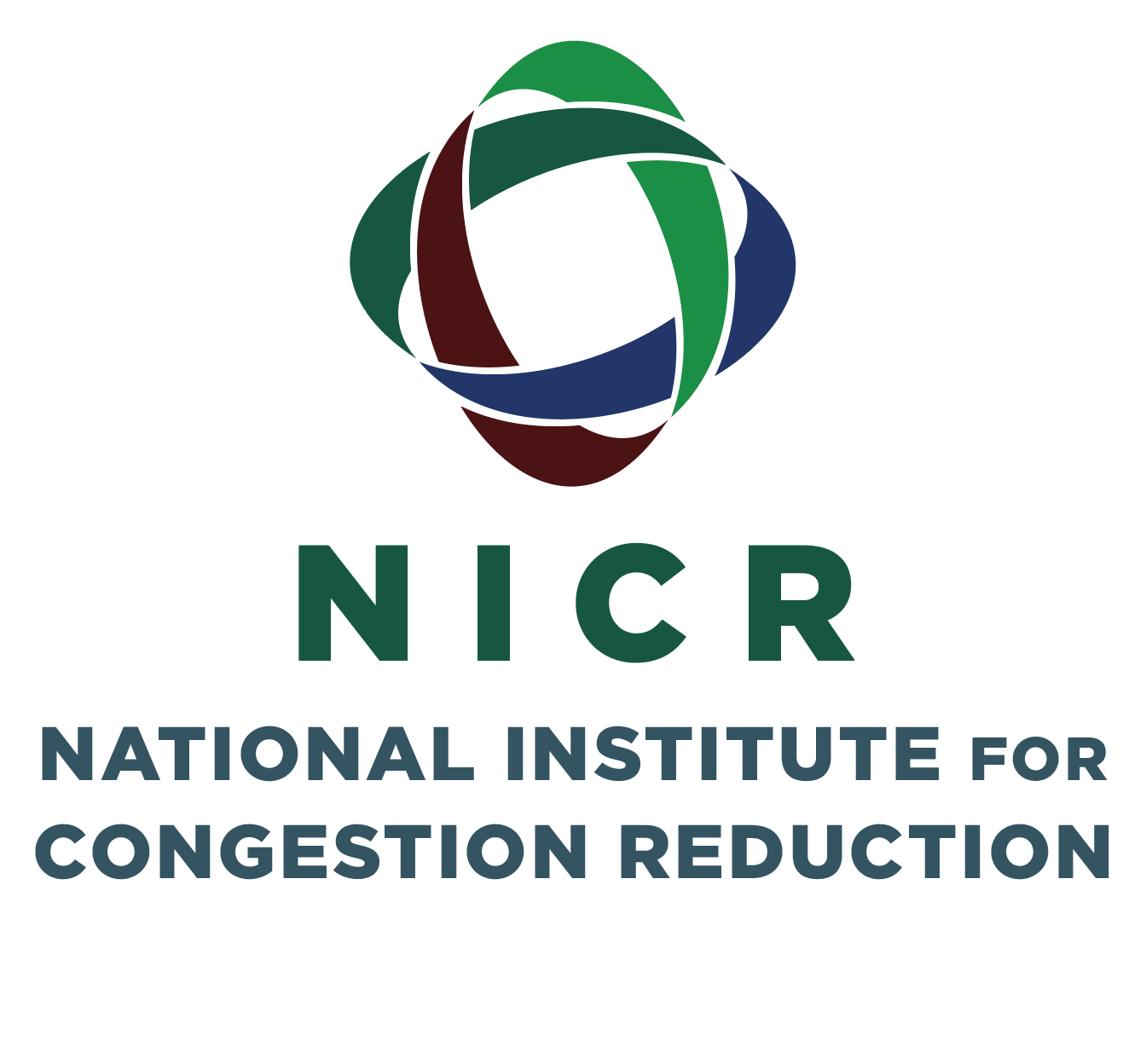Document Type
Technical Report
Publication Date
4-2021
Keywords
Managed lanes, express lanes, variable pricing, dynamic pricing, evaluation
Digital Object Identifier (DOI)
https://doi.org/10.5038/CUTR-NICR-RR-2021-4-1
Accession Number
01751598
Abstract
Two common means of pricing managed lanes (MLs) are to vary tolls based on time of day or to vary them dynamically based on real-time congestion. It is not clear which of the two tolling options is more effective in regulating ML usage. In this study, large datasets on toll prices, vehicle travel speeds, and traffic volumes were used to assess the effects of the two different congestion pricing strategies on traffic conditions on six MLs around the United States. The MLs included two that were variably priced: SR-91 and I-25; and four that were dynamically priced: I-35W, I-394, I-35E, and MoPac. The study used seven different performance measures to examine the ability of the toll to regulate traffic on the MLs. Overall, both pricing measures were found to keep traffic flowing on MLs, and neither pricing method was clearly superior. Dynamic pricing was found to perform slightly better in most metrics.
Rights Information
Citation / Publisher Attribution
Comparing Pricing Mechanisms for Managed Lanes, National Institute for Congestion Reduction, 83 p.
Scholar Commons Citation
Burris, Mark; Jha, Kartikeya; Biswas, Sayantan; and Holloway, Laura, "Comparing Pricing Mechanisms for Managed Lanes" (2021). Research Reports. 1.
https://digitalcommons.usf.edu/cutr_nicr/1
Policy Brief


